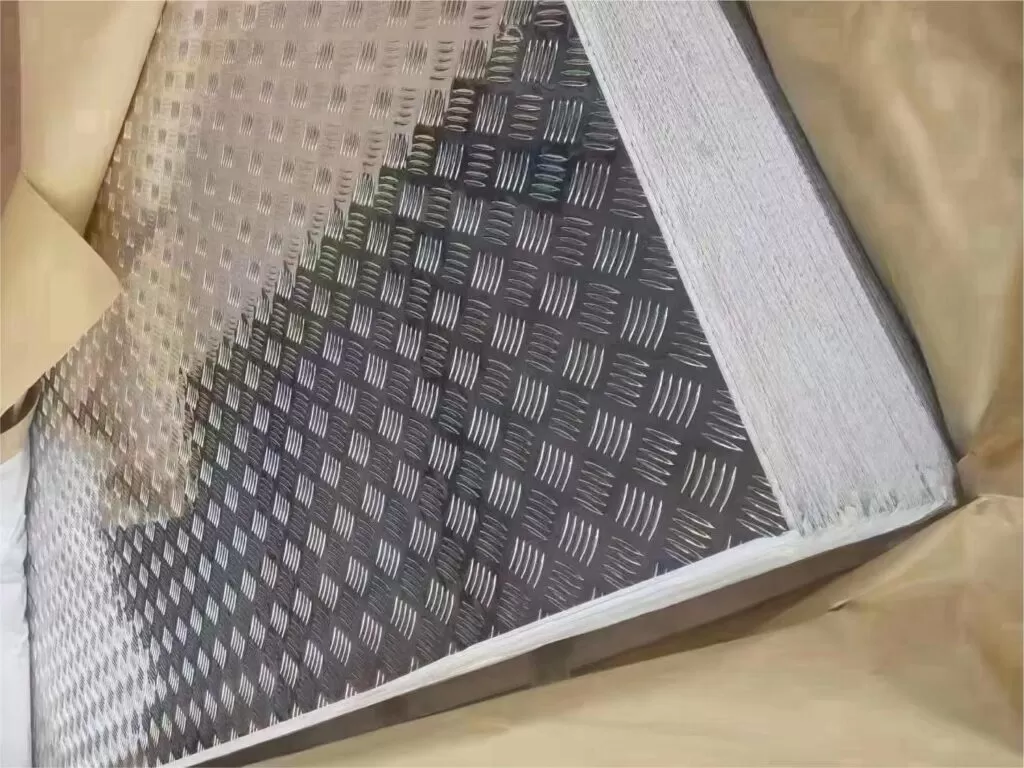The production process of aluminium coils involves several steps, including casting, rolling, annealing, and slitting.
Step 1: Casting
The first step in the production of aluminium coils is casting. Molten aluminium is poured into a casting machine, where it is solidified into a slab or billet. The size of the slab or billet depends on the desired thickness of the final product. The slab or billet is then transferred to a homogenizing furnace, where it is heated to an even temperature to improve its microstructure and reduce any internal stresses.
Step 2: Rolling
The next step in the production of aluminium coils is rolling. The slab or billet is passed through a series of rolling mills, which reduce its thickness and increase its length. The rolling process is conducted at high temperatures to improve the ductility of the aluminium and reduce the risk of cracking. The rolled aluminium is then cooled and trimmed to the desired width.
Step 3: Annealing
After rolling, the aluminium is annealed to improve its mechanical properties. The annealing process involves heating the aluminium to a high temperature and then cooling it slowly to room temperature. This process improves the aluminium’s strength, ductility, and formability. Annealing can be conducted in a batch furnace or a continuous annealing line.
Step 4: Slitting
The final step in the production of aluminium coils is slitting. The annealed aluminium is passed through a slitting machine, which cuts it into narrow strips of the desired width. The strips are then coiled and packaged for shipment.

After the slitting process, the aluminium coils may undergo additional processing, depending on their intended use. For example, they may be coated with a protective layer to enhance their corrosion resistance or painted to improve their appearance.
Coating can be done using various methods, including anodizing, electroplating, or painting. Anodizing involves immersing the aluminium coils in an electrolyte solution and passing an electric current through it. This process forms a layer of oxide on the surface of the aluminium, which improves its corrosion resistance and provides a surface suitable for painting or other coatings.
Electroplating involves depositing a layer of metal, such as zinc or chrome, onto the surface of the aluminium coils. This process improves the aluminium’s corrosion resistance and provides a decorative finish.
Painting involves applying a layer of paint onto the surface of the aluminium coils. This process not only improves the appearance of the aluminium but also provides a protective layer that enhances its corrosion resistance.


Embossing involves pressing a pattern onto the surface of the aluminium, while laminating involves bonding the aluminium to another material, such as plastic or paper. These processes can enhance the aluminium’s appearance and improve its functionality.
The production process of aluminium coils involves several steps, including casting, rolling, annealing, and slitting. Each step requires precise control and advanced technology to ensure the production of high-quality aluminium products. Aluminium coils are an important material that has a wide range of applications in modern industry, and its production process plays a critical role in meeting the demands of various industries.
High quality is inseparable from strong quality control and inspection testing. All the products we offer are strictly in line with international standards.
Address:
No.31 Longcheng Road, Shibei District, Qingdao city, Shandong Province, China
We will get back to you within 12 hours.